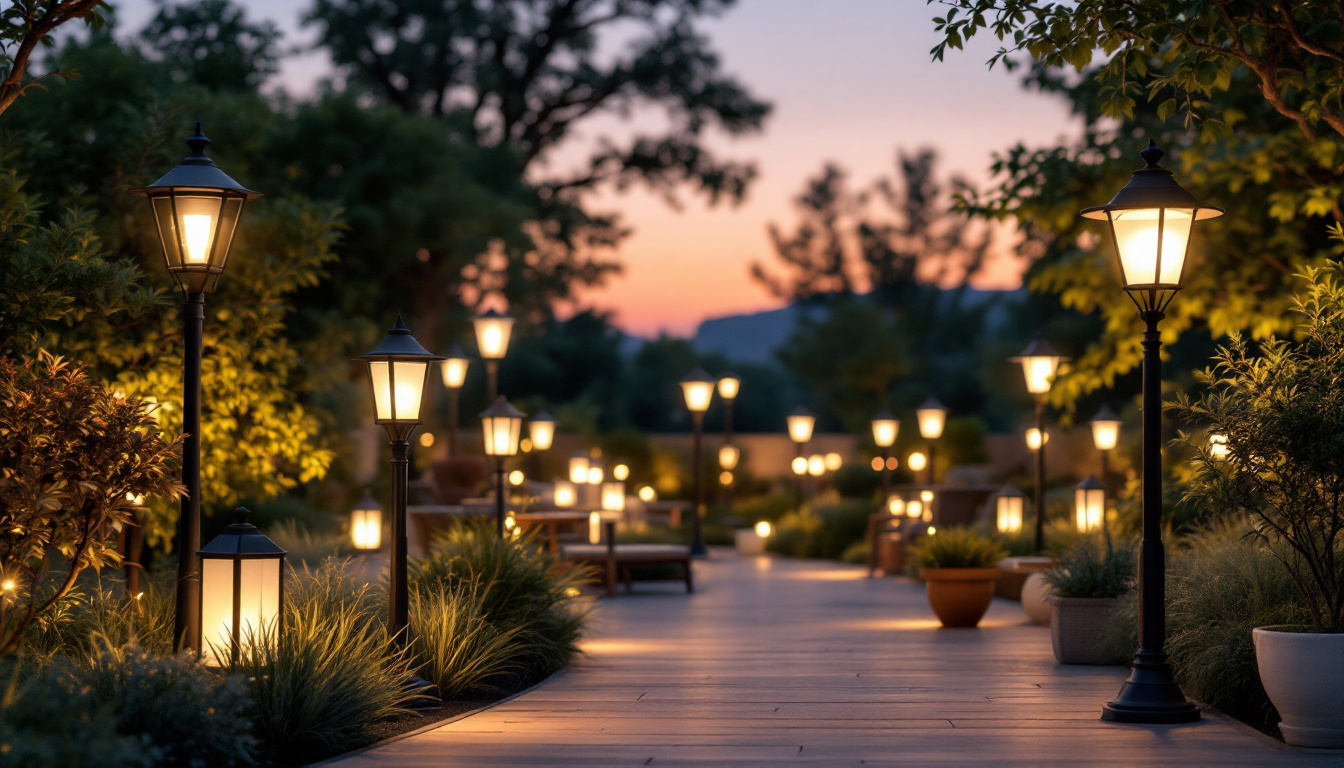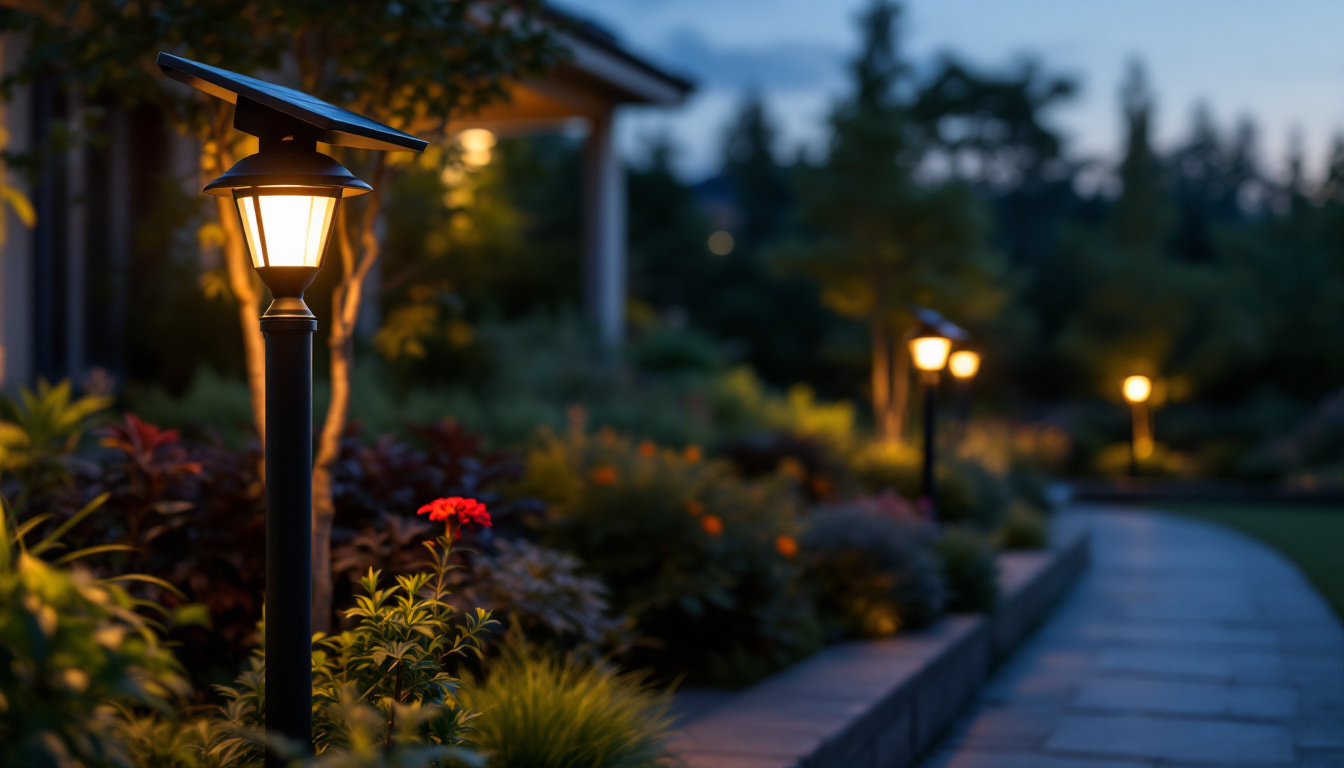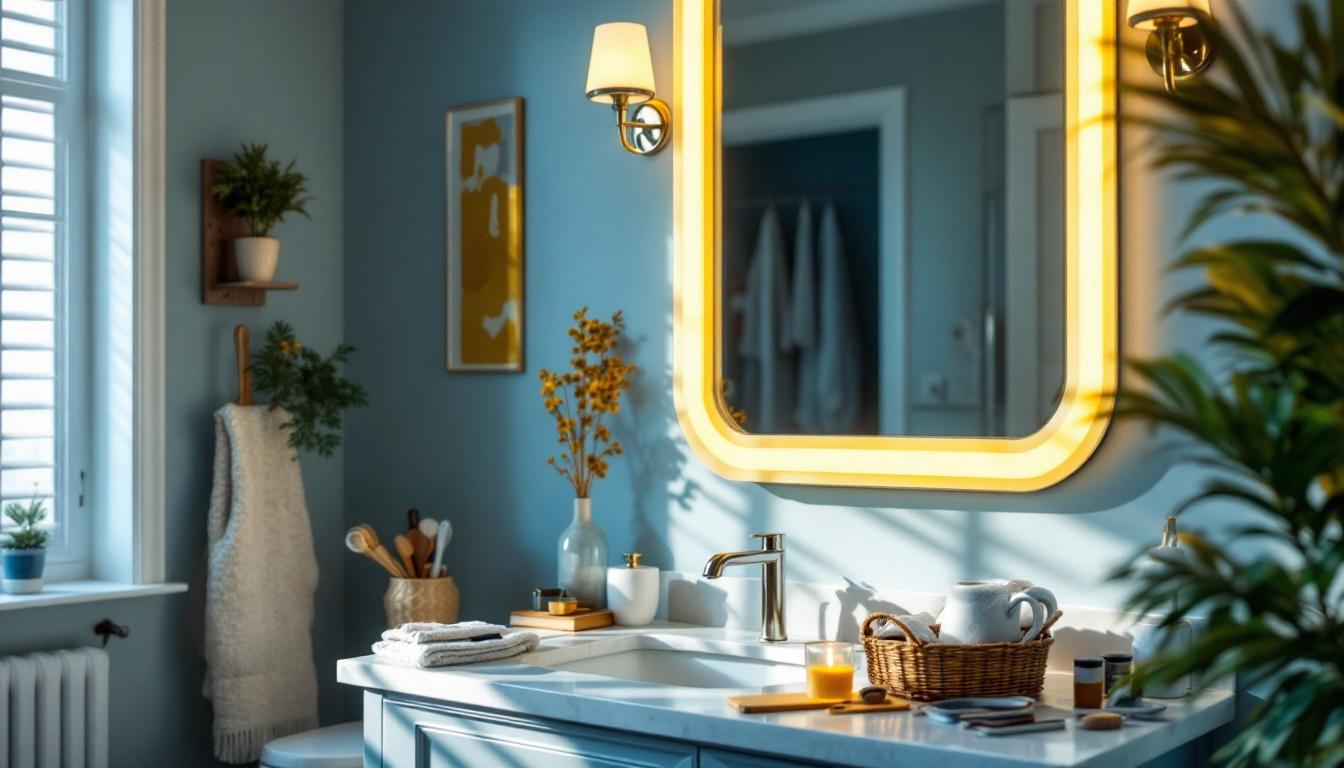
When it comes to outdoor lighting, the right fixtures can transform a space, enhance safety, and elevate the aesthetic appeal of a property. For lighting contractors, understanding the essentials of outdoor lamp lights is crucial to delivering high-quality installations that meet client expectations. This checklist serves as a comprehensive guide to ensure that every aspect of outdoor lighting is considered, from the initial planning stages to the final installation.
Outdoor lamps come in various styles and functionalities, each suited for specific applications. Familiarizing oneself with the types of outdoor lamps available is the first step in any successful installation project.
Pathway lights are essential for illuminating walkways and driveways. They not only enhance safety by guiding pedestrians but also add to the landscape’s beauty. When selecting pathway lights, consider factors such as height, brightness, and design to ensure they complement the surrounding environment. Additionally, solar-powered pathway lights have gained popularity due to their eco-friendliness and ease of installation. These lights harness sunlight during the day and automatically illuminate at night, providing a sustainable lighting solution that requires no wiring or electricity.
These fixtures are ideal for illuminating entryways, patios, and decks. Wall-mounted lights can provide both functional and ambient lighting, making them a versatile choice for outdoor spaces. It’s important to assess the mounting height and angle to maximize light distribution while minimizing glare. Moreover, many modern wall-mounted fixtures come with smart technology features, allowing homeowners to control brightness and color temperature through mobile apps or smart home systems. This adaptability not only enhances convenience but also allows for customized lighting scenarios that can change with the seasons or occasions.
post lights are often used to define property boundaries and enhance outdoor aesthetics. They are typically installed on posts or columns and can serve as focal points in landscaping. When choosing post lights, consider the height and style to ensure they blend seamlessly with the overall design. In addition to traditional designs, contemporary post lights are available in various materials such as stainless steel and weather-resistant plastics, which can withstand the elements while providing a modern touch. Furthermore, integrating LED technology into post lights not only improves energy efficiency but also extends the lifespan of the bulbs, offering a long-term lighting solution that is both stylish and practical.
A well-thought-out layout is crucial for effective outdoor lighting. Before installation, contractors should develop a comprehensive lighting plan that takes into account the specific needs of the space.
Begin by evaluating the outdoor space. Identify key areas that require illumination, such as pathways, seating areas, and architectural features. Take note of existing landscape elements that could obstruct light or create unwanted shadows. Consider the natural light sources available during the day, as they can influence how artificial lighting will perform at night. Factors such as nearby trees, fences, or buildings can significantly affect the distribution of light, so it’s essential to map out these elements carefully to avoid any surprises later on.
Divide the outdoor area into zones based on functionality. For instance, create separate zones for relaxation, dining, and navigation. This approach allows for tailored lighting solutions that enhance the usability and ambiance of each area. Additionally, think about the activities that will take place in each zone; for example, a cozy reading nook may benefit from softer, warmer lighting, while an outdoor kitchen might require brighter, task-oriented lights. By considering the specific needs of each zone, you can create a harmonious balance that promotes both comfort and practicality.
Different areas require different light levels. For example, pathway lights may need to be less intense than those illuminating a dining area. Utilize lumens as a measurement to determine the appropriate brightness for each zone, ensuring that the lighting is both functional and visually appealing. Additionally, consider the color temperature of the lights; warmer tones can create an inviting atmosphere, while cooler tones might be more suitable for modern, sleek designs. Experimenting with dimmers can also provide flexibility, allowing you to adjust the intensity based on the time of day or the mood you wish to create, ensuring that your outdoor space is always perfectly lit for any occasion.
With a clear layout in mind, the next step is to select the right fixtures. The choice of fixtures can significantly impact the overall effectiveness and aesthetic of the lighting design.
In today’s environmentally conscious world, energy-efficient lighting options are more important than ever. LED fixtures are a popular choice for outdoor lighting due to their longevity and low energy consumption. When selecting fixtures, prioritize those that offer energy efficiency without compromising on brightness or quality.
Outdoor fixtures must withstand various weather conditions, including rain, snow, and extreme temperatures. Look for fixtures made from durable materials, such as stainless steel or weather-resistant plastics, and ensure they have a suitable IP rating to indicate their resistance to moisture and dust.
The design of the fixtures should complement the architectural style of the property. Whether the goal is to achieve a modern, rustic, or traditional look, selecting fixtures that align with the overall aesthetic will enhance the outdoor space’s appeal.
Proper installation is key to ensuring that outdoor lighting functions effectively and safely. Lighting contractors should adhere to best practices during the installation process.
Outdoor lighting involves electrical components that must be installed with care. Ensure that all wiring is rated for outdoor use and buried at the appropriate depth to prevent damage. Following local electrical codes is essential to ensure safety and compliance.
When installing fixtures, placement is critical for achieving the desired lighting effect. Consider factors such as height, angle, and proximity to obstacles. Test the light output before finalizing the installation to ensure optimal performance.
Incorporating timers and motion sensors can enhance the functionality of outdoor lighting. Timers allow for automatic operation based on set schedules, while motion sensors provide security by illuminating areas when movement is detected. These features can improve energy efficiency and provide added convenience for homeowners.
Once the outdoor lighting is installed, regular maintenance is necessary to ensure longevity and performance. Lighting contractors should provide clients with guidelines for upkeep.
Outdoor fixtures are exposed to the elements and can accumulate dirt and debris over time. Regular cleaning is essential to maintain brightness and appearance. Advise clients to use a soft cloth and mild soap solution to gently clean fixtures without damaging the finish.
Encourage clients to periodically check the bulbs and wiring for signs of wear or damage. Replacing burnt-out bulbs promptly ensures consistent lighting, while inspecting wiring helps prevent potential safety hazards.
Conducting seasonal inspections can help identify any issues before they become significant problems. Encourage clients to assess their outdoor lighting after harsh weather conditions or at the start of each season to ensure everything is functioning correctly.
Educating clients about their outdoor lighting system is vital for ensuring satisfaction and proper use. Lighting contractors should take the time to explain the features and benefits of the installed system.
After installation, take the time to demonstrate the various features of the outdoor lighting system. Show clients how to adjust timers, use motion sensors, and replace bulbs. Providing hands-on guidance can enhance their understanding and appreciation of the system.
Offer clients documentation that includes product specifications, warranties, and maintenance guidelines. This information can serve as a valuable reference for homeowners as they care for their outdoor lighting.
Encourage clients to provide feedback on their outdoor lighting experience. Understanding their satisfaction level and any concerns they may have can help contractors improve their services and address any issues promptly.
The outdoor lighting industry is continually evolving, with new trends emerging regularly. Staying informed about these trends can help lighting contractors offer innovative solutions to their clients.
Smart outdoor lighting systems are gaining popularity, allowing homeowners to control their lighting remotely through smartphones or smart home systems. These solutions offer convenience and customization, making them an attractive option for tech-savvy clients.
Solar-powered outdoor lights are becoming increasingly popular due to their eco-friendliness and ease of installation. They harness solar energy during the day and provide illumination at night without the need for electrical wiring. This option is especially appealing for clients looking to reduce their carbon footprint.
More homeowners are opting for artistic and decorative lighting fixtures that serve as focal points in their outdoor spaces. Unique designs and creative installations can enhance the overall ambiance and make a statement in landscaping.
Outdoor lamp lights play a crucial role in enhancing safety, security, and aesthetics in residential and commercial properties. For lighting contractors, following a comprehensive checklist ensures that every aspect of outdoor lighting is addressed, from planning and installation to maintenance and client education. By staying informed about trends and best practices, contractors can provide exceptional service and meet the evolving needs of their clients. Ultimately, a well-executed outdoor lighting design can significantly enhance the value and enjoyment of any property.
Ready to elevate your outdoor lighting projects with unparalleled quality and value? Look no further than LumenWholesale, where we specialize in providing contractors with spec-grade lighting products at wholesale prices that simply can’t be beaten. Our extensive selection is designed to meet the highest industry standards, ensuring that every installation shines with reliability and performance. Plus, with the convenience of free shipping on bulk orders, you can stock up on premium lighting without worrying about hidden fees or compromises. Don’t settle for less—choose LumenWholesale for the perfect blend of quality, affordability, and convenience. Wholesale Lighting at the Best Value is just a click away.

Illuminate your outdoor spaces with confidence using our comprehensive checklist for solar post lights.

Discover the transformative impact of converting T12 fluorescent lights to LED on lighting contractors’ projects.

Discover why T8 LED tube lights are essential for lighting contractors.

Discover innovative cost-saving strategies for lighting contractors with our guide on discount vanity lights.